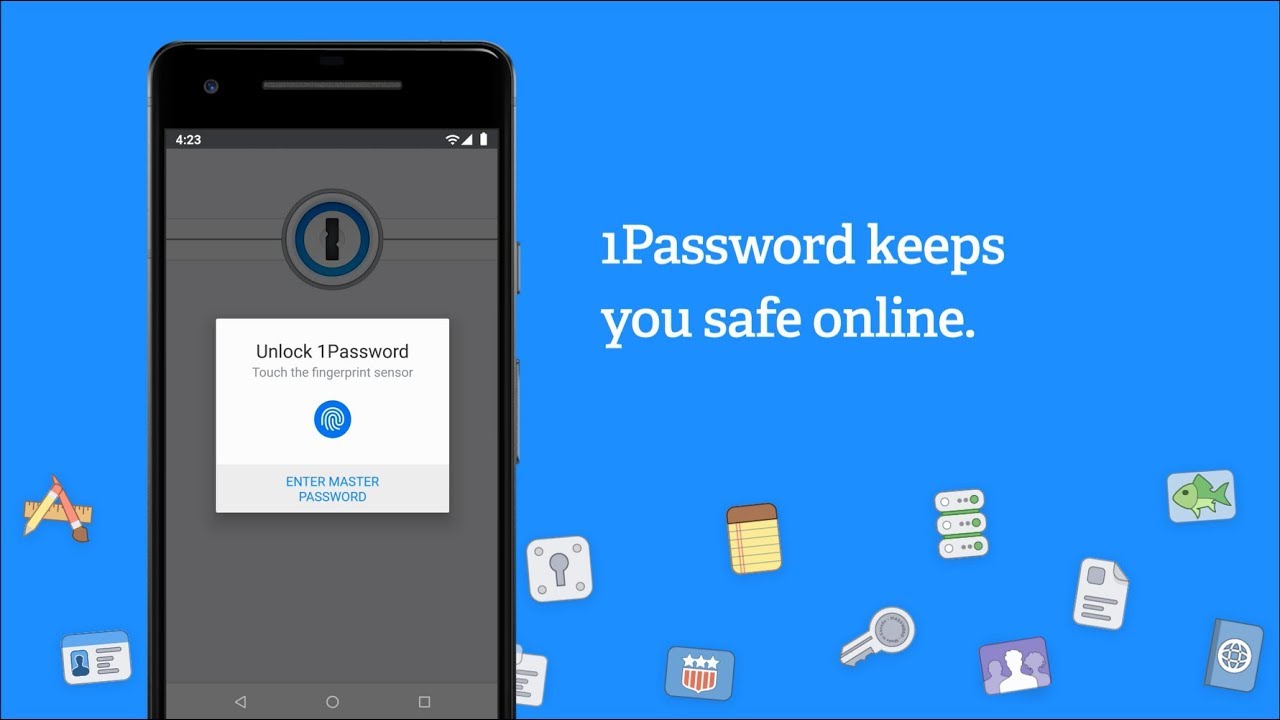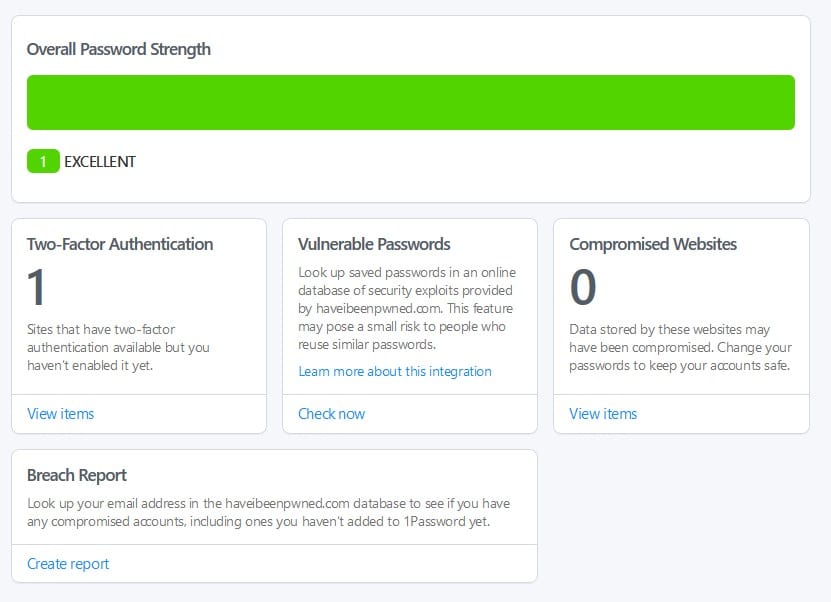

- #1password breach software#
- #1password breach code#
- #1password breach password#
- #1password breach windows#
That means you’re not having to manually type those passwords or commit them to memory, which reduces the threat vector significantly.
#1password breach password#
The password manager is about getting those basics right: allowing machines to generate your passwords so they are guaranteed to be unique you as a user having zero knowledge of those passwords and making sure that you’re securing all those credentials at the same time in a way that’s available across the devices you’re using. Steve Won: My career has sort of been predicated on how we raise the floor of security practices. Karl Greenberg: Ideally, the password manager raises the floor of security without having to rely solely on behavioral changes, right? That’s actually the most common vector of attack.

People are guessing passwords, and theft is easier if people are reusing passwords across a corpus of services, for example.
#1password breach windows#
In security, if you think about the origins of virus scares in the early days of Windows 95, the assumption was that attacks were highly sophisticated but in reality, it’s usually just stolen credentials. And what is the most effective thing to do in the context of public health? Good hygiene and washing hands, not some esoteric healthcare regiment. Steve Won: Well, let me say this: A lot of security policies can learn a lot from public health. New Malware Targets 97 Browser Variants, 76 Crypto Wallets & 19 Password Managers How Generative AI is a Game Changer for Cloud Security
#1password breach software#
Karl Greenberg: Even with attacks using technology such as keyloggers to steal keystrokes, is security fundamentally a social engineering problem, not a technical one, in most cases? Must-read security coverageĨ Best Penetration Testing Tools and Software for 2023Ħ Best Cybersecurity Certifications of 2023 Reducing threat through less memorization, zero knowledge With the principal document we share with subscribers at enrollment, we recommend a 1-2-3 rule with backup: locally, cloud and physical separate device, so the same for backing up a secret key. If we are targeted, your information is secure. Steve Won: The combination of zero knowledge and making sure we are only seeing encrypted information on our side and a generated secret key creates defensive depth. Karl Greenberg: So the key aspect of security is zero knowledge on the part of the password manager? SEE: Unphishable mobile MFA through hardware keys (TechRepublic)

#1password breach code#
On top of that, we have a secret key model where, in addition to a password, or a biometric, you get a machine-generated unique code at the time of enrollment of which we have zero knowledge. The client, locally on your device, is doing decryption. Steve Won: At 1Password, we have a zero-knowledge system, processing as much locally at the client as possible, not storing information in an unencrypted state anywhere. Karl Greenberg: How do password managers protect against this, or the kind of misfortune sustained by LastPass? Especially in the past 12 to 18 months, replaying MFA (multi-factor authentication) attacks and OTP (one-time password) codes from banks has become easier and easier for attackers. Steve Won: Frankly, phishing for credentials is the easiest vector of attack. Karl Greenberg: How significant a threat is credential theft today? 1Password Chief Product Officer, Steve Won This transcript has been edited for brevity. TechRepublic interviewed Won about credential vulnerabilities, encrypted keys, vaults, and where it’s all heading. The report also found that stolen credentials accounted for 19% of breaches, costing organizations on average $4.5 million, or $150,000 more than the average cost per company of a data breach. Won sees this trend continuing, noting that IBM’s 2022 report on the cost of data breaches pointed to compromised credentials as the leading attack vector.



 0 kommentar(er)
0 kommentar(er)
